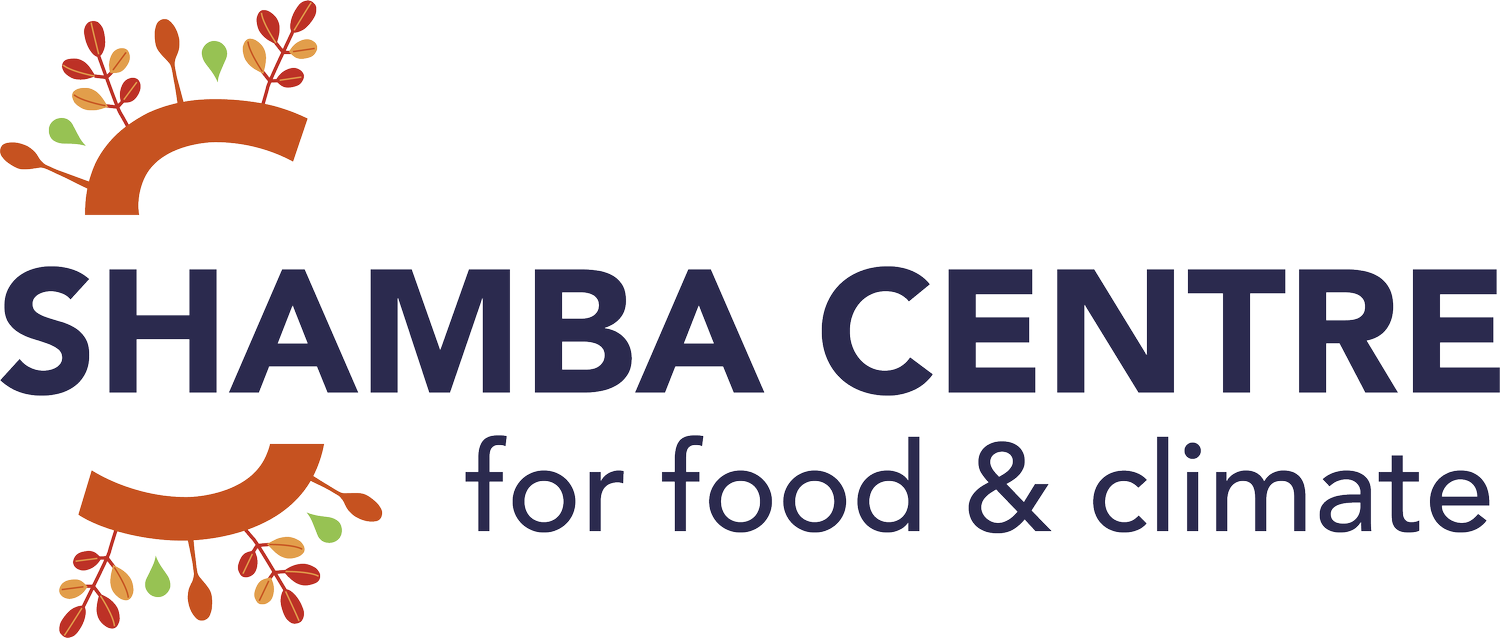Aquaculture: a missed opportunity in the FAO global roadmap on Achieving sustainable development goal (SDG) 2 without breaching the 1.5C threshold
20 December 2023, Oshani Perera and Carin Smaller
Can extensive fish farming be an acceptable trade-off to meet the demand for animal proteins and still maintain healthy oceans and fresh waters, reduce the ingestion of toxic chemicals and antibiotics and improve rural livelihoods? The Shamba Centre grappled with this question in our stakeholder enquiry on sustainable aquaculture, and will publish the findings in January 2024.
Extensive fish farming uses significantly less feed and inputs and optimises natural ecosystems to stimulate the production of aquatic animals and plants. The stocking densities of the animals and plants being farmed are lower, but so are costs and risks related to farming and climate change. Extensive practices can be integrated into the farming of crops and other livestock as well as nature-based solutions on coastlines and inland waters. It brings benefits such as empowered and healthier fishing communities with stable and diversified income.
Intensive systems, on the other hand, rely on very high-density farming. It is dependent on industrially formulated feed and a plethora of chemicals and antibiotics to stimulate growth, control disease and maintain water quality. While outputs are higher and have greatly increased the access and affordability of marine proteins, it is questionable whether the trade-offs are acceptable given how material climate and nature risks are to the aquaculture industry.
Responding to the FAO
We welcome the inclusion of aquaculture in the FAO global roadmap on Achieving sustainable development goal (SDG) 2 without breaching the 1.5C threshold, published during CoP 28 in December 2023. It points out that due to low GHG footprint, aquatic food should play an important role in the dietary shift to mitigate emissions (FAO 2023). But when closely examining the provisions, we see a list of broad statements rather than policy guidance on managing fisheries and aquaculture in a warming world (see below chart).
The reality is that we are now beyond a 1.5C warming scenario (see our response to the overall FAO roadmap for more details). Hence, the FAO begins on a baseline that is no longer relevant.
Regarding aquaculture, the roadmap calls for increases in policies, productivity, technology and finance without addressing the fundamental issue that plagues the entire industry: Are high input, high density installations worth their inherent environmental and social risks? While these facilities may produce larger quantities of fish, they do so because of even larger quantities of feed (which include wild caught species), energy, antibiotics, and chemicals which are harmful to fish, humans, and the environment. They generate massive waste due to animal mortalities and highly polluted wastewater. They are profitable due to public subsidies and the fact that the industry it not required to pay the full cost of the food produced. Fisheries and aquaculture employ around 58.5 million people globally, many of whom remain marginalised. In Norway, which even in 2014 boasted of state-of-the-art aquaculture facilities, had a worker fatality rate that was 17 times higher than the average (NHCF 2014).
Farming fish, as the world warms and water stress increases, will also bring additional challenges. Heat, ocean acidification and higher concentration of greenhouse gases will have physical and physiology impacts on the animals and plants being farmed. There will also be higher incidences of bacterial, parasitic, viral, and fungal diseases. To control these stresses, the industry will need to rely upon even more capital and energy-intensive inputs as well as compete with irrigation for water.
Given these challenges, and the fact that global communities need to move towards eating a more diverse array of proteins, farming fish in more extensive settings merits closer scrutiny and scaling. It is regretful that the FAO has not provided targeted guidance in this sector and not followed its thinking in its section on ‘crops’ which includes diversification, nutrient management, integrated production systems, integrated pest management, soil carbon improvements and more.
References
National Centre for Farmworker Health (2014). Aquaculture Workers Factsheet. https://www.ncfh.org/aquaculture-workers-fact-sheet.html

